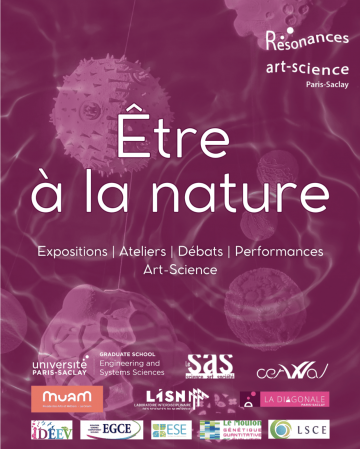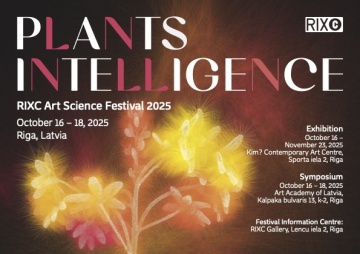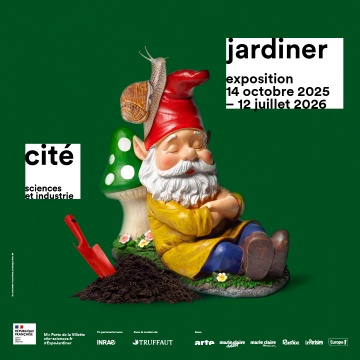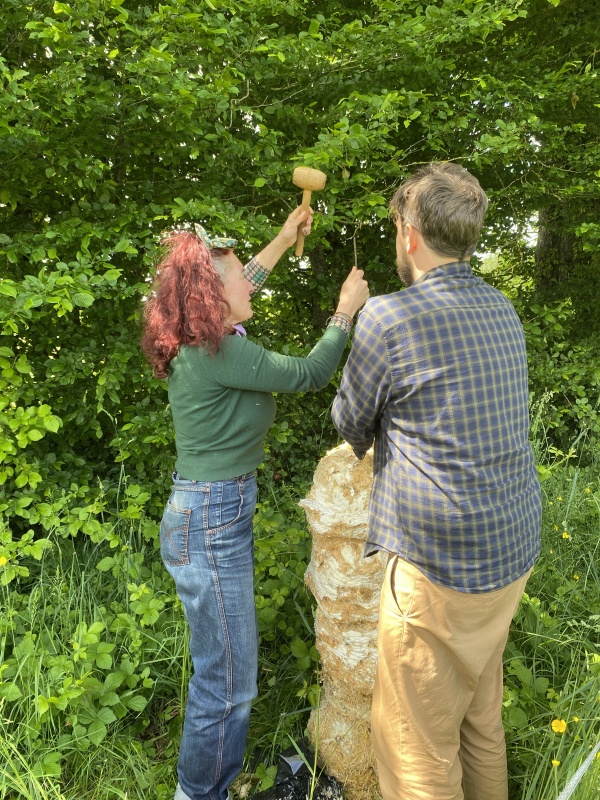Maison Composer residency
From december 2024 to September 2025 La Maison Composer, les Piloux, Saints-en-Puisaye, 89520aramu /ikiamia
Cohabitation protocols to tame each other
Residence at Maison Composer in collaboration with Zoltan Babos, mushroom grower / les champs potes
John Cage was a great lover and researcher of mushrooms.
In 1976, in Pour les oiseaux; entretiens avec Daniel Charles (p 216), he wrote: ‘What I am trying to achieve in my field is music that is ecological. Music that allows us to inhabit the world [...] The world as a whole, not separate fragments, parts of the world. The world as it is, at last. [...] We have to accept the idea of humanity as living in a global village. [...] I'm trying to point out a way of listening to this new inhabitation of the world [...]’.
aramu/ ikiamia
Contemporary anthropology is challenging the notions of wild and domestic.
For the Achuar, ‘Aramu’ refers to plants that have been manipulated by man, and applies equally to domesticated species and those that have simply been acclimatised. Aramu does not, therefore, denote ‘domesticated plants’; it refers to the special relationship forged in gardens between humans and plants, whatever the origin of the latter. Nor is ikiamia an equivalent of ‘wild’, firstly because a plant can lose this predicate depending on the context in which it is found, but also and above all because, in truth, plants ‘from the forest’ are also cultivated. They are cultivated by a spirit called Shakaim, whom the Achuar see as the forest's resident gardener and whose benevolence and advice they seek before opening a new grove. The terminological pairing of aramu and Ikiamia therefore in no way represents an opposition between domestic and wild, but rather the contrast between plants cultivated by humans and those cultivated by the spirits’.
Descola Philippe. Le sauvage et le domestique. In: Communications, 76, 2004. Nouvelles figures du sauvage. pp. 17-39
After an initial visit to Zoltan Babos, a mushroom grower in Puysaye, the idea for the project is based on a double duality, taking - giving /who is domestic, who is wild? How can we find new civilities with fungi?
The residency enabled us to establish two long-term protocols, two sound installations and a film in collaboration with Marc Plas.
aramu/ ikiamia
Contemporary anthropology is challenging the notions of wild and domestic.
For the Achuar, ‘Aramu’ refers to plants that have been manipulated by man, and applies equally to domesticated species and those that have simply been acclimatised. Aramu does not, therefore, denote ‘domesticated plants’; it refers to the special relationship forged in gardens between humans and plants, whatever the origin of the latter. Nor is ikiamia an equivalent of ‘wild’, firstly because a plant can lose this predicate depending on the context in which it is found, but also and above all because, in truth, plants ‘from the forest’ are also cultivated. They are cultivated by a spirit called Shakaim, whom the Achuar see as the forest's resident gardener and whose benevolence and advice they seek before opening a new grove. The terminological pairing of aramu and Ikiamia therefore in no way represents an opposition between domestic and wild, but rather the contrast between plants cultivated by humans and those cultivated by the spirits’.
Descola Philippe. Le sauvage et le domestique. In: Communications, 76, 2004. Nouvelles figures du sauvage. pp. 17-39
Branches Protocol
In the two cultivation rooms (shiitake / oyster mushroom), a loudspeaker continuously broadcasts John Cage's piece “Branches”. After two months, one of the speakers stopped working due to the humidity. Much to Zoltan Babos's delight, he found the sound disturbing, and the shiitake plants were growing poorly. On the other hand, the same sound in the oyster mushroom room did not disturb the grower. The sound in the shiitake room was replaced by a recording of birdsong in spring.
Release protocol
In the Maison Composer meadow, two columns of mushroom culture blocks move freely, in an attempt to “set free”. These volumes of straw, sawdust, nutrients and mycelium, once exploited for our consumption, and even if they still contain a little living mycelium, are no longer used for mushroom cultivation.
sonic helmets
The lion's mane, or Hericium erinaceus , is mentioned in the “Compendium of materia medica” (Shen Norg Ben Cao Jin, a work on Chinese medicine) of the Han dynasty (200-100 BC). From that time onwards, it was recommended to relieve stomach aches, as a tonic, to delay ageing and preserve a good memory. In powder form, it can also be eaten fresh when young.
Phenolic derivatives, called erinacins and helicenones, extracted from the mycelium trigger the synthesis of N.G.F. or Neuronal Growth Factor in humans. This growth factor is essential for nerve and retinal cells. In fact, N.G.F. is increasingly seen as a factor in the regeneration of neurons, particularly those in the hippocampus, the pivotal part of the brain for memory.
Zoltan Babos cultivates hericium stumps for the project, which will be tasted at the end-of-residency exhibition.
Helmets made of wicker will receive this living crop, and will be sounded with contact microphones. Visitors will be able to get under the helmet, touch the mushrooms and hear live the sound of the texture under their fingers.
Other headphones are made of biomaterial derived from the straw of crop residues, in the shape of hericium, and will play John Cage's Branches.
A film by Marc Plas complements the listening experience with images of mushrooms found in various fiction films.




